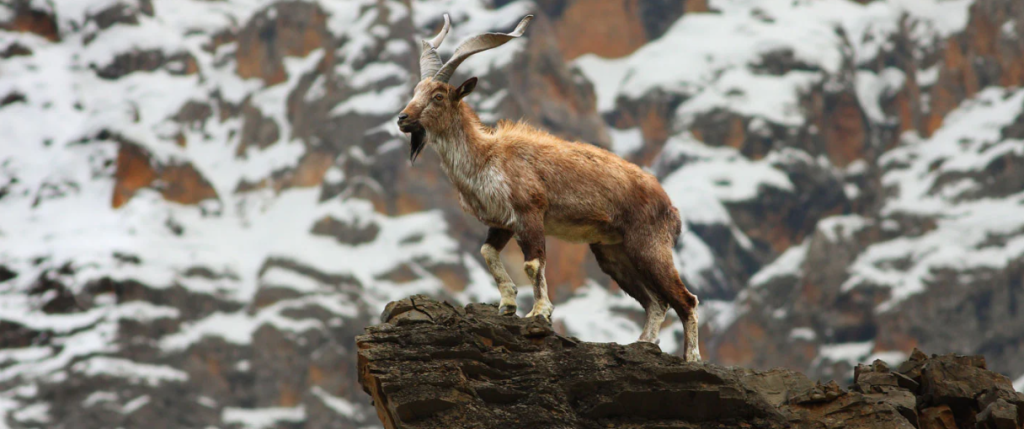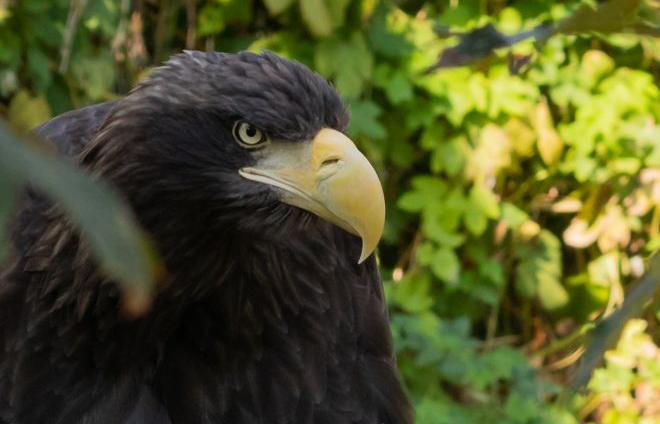Let’s talk about Costa Rica National Animal. Costa Rica, a country known for its breathtaking biodiversity and lush rainforests, is home to a fascinating creature that has captured the hearts of nature enthusiasts and animal lovers worldwide – the sloth. With its slow movements, endearing appearance, and unique adaptations, the sloth has become an iconic symbol of Costa Rica’s abundant wildlife. In this article, we will delve into the world of the Costa Rica National Animal, the sloth, exploring its characteristics, habitat, conservation efforts, and the reasons behind its popularity.
Costa Rica National Animal: An Overview
Sloths are arboreal mammals belonging to the taxonomic family Bradypodidae and Megalonychidae. These fascinating creatures are well-known for their slow movements, spending the majority of their lives hanging upside down from trees. Despite their sluggish nature, sloths have evolved several unique adaptations that enable them to thrive in their environment.
Sloth Species in Costa Rica
Costa Rica is home to two species of sloths: the two-toed sloth (Choloepus hoffmanni) and the three-toed sloth (Bradypus variegatus). While both species share similarities, they can be distinguished by their physical characteristics and habitat preferences.
Adaptations for a Slow Lifestyle
Sloths possess several adaptations that contribute to their slow-moving lifestyle. Their long limbs and curved claws are perfectly designed for suspending themselves from tree branches. These claws also allow them to hang upside down effortlessly. Furthermore, their slow metabolic rate helps conserve energy and reduces the need for frequent food consumption.
Habitat and Distribution of Costa Rica National Animal
Sloths primarily inhabit the rainforests of Central and South America, including the diverse ecosystems of Costa Rica. They are found in both lowland rainforests and montane cloud forests. These regions provide an abundance of trees and foliage, which are essential for their survival.
Diet and Feeding Habits
The diet of sloths consists mainly of leaves, buds, and tender shoots. They have specialized stomachs with multiple chambers and a slow digestive system, allowing them to break down the tough cellulose found in their plant-based diet. Despite their limited calorie intake, sloths are able to thrive on their specialized diet.
Reproduction and Life Cycle
Sloths have a slow reproductive rate, with females typically giving birth to only one offspring per year. The gestation period lasts around six months, and the young sloth remains with its mother for an extended period, learning essential survival skills. The slow-paced life of sloths continues as they reach adulthood, with a lifespan of around 20 to 30 years.
Conservation of Costa Rica National Animal
Costa Rica has recognized the importance of protecting its unique biodiversity, including the sloth population. Conservation efforts have been implemented to safeguard the sloths’ habitat, raise awareness about their conservation status, and reduce the threats they face, such as deforestation and illegal wildlife trade.
Sloth Tourism: A Boon for Conservation
Sloth tourism has gained popularity in Costa Rica, providing an opportunity for travelers to observe these mesmerizing creatures in their natural habitat. Ethical tourism practices prioritize the well-being of the sloths, ensuring minimal disturbance and supporting local conservation initiatives. Responsible tourism can play a significant role in generating funds for sloth conservation and raising awareness among visitors.
The Role of Sloths in Ecosystems
Sloths have a vital role in their ecosystems, influencing the distribution of trees and plants through their feeding habits. By consuming leaves and spreading seeds through their waste, sloths contribute to the regeneration and growth of their habitat. They also provide a food source for predators, playing a crucial role in the intricate web of life in the rainforests.
Costa Rica National Animal: Fascinating Facts
- Sloths spend up to 20 hours a day sleeping or resting.
- Their slow movements are due to their low muscle density.
- Sloths have a unique algae that grows on their fur, providing them with camouflage.
- The three-toed sloth can rotate its head up to 270 degrees.
- Sloths have an exceptionally slow metabolic rate, taking up to a month to digest a single leaf.
Sloths in Popular Culture
The sloth’s adorable appearance and relaxed demeanor have captured the attention of people worldwide. They have become popular subjects in memes, viral videos, and children’s media, charming viewers with their laid-back lifestyle.
Sloth Conservation Organizations in Costa Rica
Several organizations in Costa Rica are dedicated to the conservation of sloths and their habitat. These organizations work tirelessly to protect sloths, raise awareness, conduct research, and rehabilitate injured or orphaned sloths. Some notable organizations include The Sloth Conservation Foundation, Sloth Sanctuary of Costa Rica, and Toucan Rescue Ranch.
Frequently Asked Questions (FAQs)
Q: Are sloths dangerous?
A: Sloths are generally docile and non-aggressive creatures. However, it’s important to respect their space and observe them from a safe distance.
Q: How fast can sloths move?
A: Sloths have a top speed of around 0.15 miles per hour (0.24 kilometers per hour).
Q: Can sloths swim?
A: Yes, sloths are capable swimmers and can cross bodies of water by paddling with their long arms.
Q: Are sloths endangered?
A: While sloths face threats such as habitat loss and poaching, their conservation status varies across species. The pygmy three-toed sloth is critically endangered, while other species are categorized as vulnerable or of least concern.
Q: How can I support sloth conservation efforts?
A: You can support sloth conservation by visiting ethical sloth tourism centers, donating to reputable conservation organizations, and spreading awareness about the importance of protecting their habitat.
Conclusion
The sloth, Costa Rica’s national animal, is an enchanting creature that embodies the beauty and richness of the country’s wildlife. From their slow-paced lifestyle to their crucial role in maintaining the balance of rainforest ecosystems, sloths have become a symbol of conservation and appreciation for nature. By raising awareness and supporting conservation initiatives, we can ensure the long-term survival of these captivating creatures and preserve the incredible biodiversity of Costa Rica.
References
- Barros, M. A., & Chiarello, A. G. (2019). Sloth ecology: An overview of field studies. In The Biology and Conservation of the Three-Toed Sloth (pp. 1-20). Washington, DC: Smithsonian Institution Scholarly Press.
- Pauli, J. N., Peery, M. Z., & Fountain-Jones, N. M. (2017). Sloth ecology, physiology, and symbiosis: An overview. In Oxford Research Encyclopedia of Environmental Science.
- Monteiro-Filho, E. L. A., & Chiarello, A. G. (2003). Conservation status and distribution patterns of the maned sloth Bradypus torquatus (Xenarthra: Bradypodidae). Biological Conservation, 111(2), 151-164.

